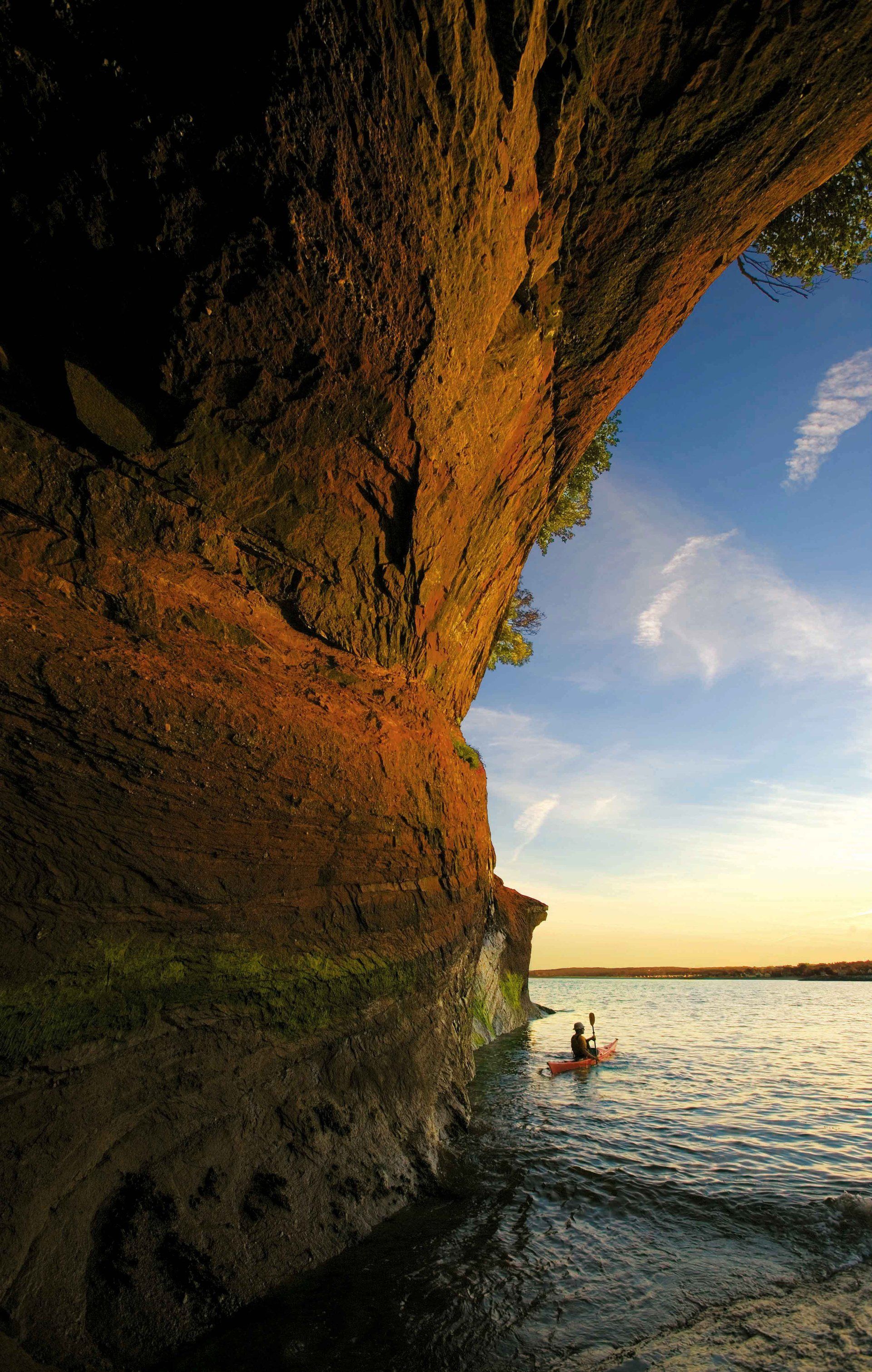Canada As You Like It Blog
Photographing Wildlife in Prince Albert National Park
Scenic Drives

Finding wildlife to photograph in Prince Albert National Park can be as easy as touring one of the many scenic drives. Highway #263 is a paved route that explores the transitional area of boreal forest and aspen parkland. Narrows Road follows the southern edge of Waskesiu and passes through several ecosystems. Take the northern passage around Waskesiu Lake on Kingsmere Road. The route leads to one of many trailheads in the park.
Beautiful Trails

Setting out on foot through the forest is an enjoyable way to seek out wildlife experiences. The park has 17 trails that explore different areas of the park. Whatever your ambition or level of skill, PANP has a trail to suit you.
Respect for Wildlife

Remember to keep a safe distance – about 100 metres for larger animals such as bears, bison or elk. Don’t risk your safety. Use a telephoto lens.
Deer, foxes, wolves, otters and many other species of wildlife can also be seen in the park. All wild animals should be respected. This includes not feeding the animals or pursuing them into the woods.
Perfect Timing

Golden hour, when the sun hangs low on the horizon at sunset and sunrise, is typically an idyllic time to take photographs. These moments are even more ideal for wildlife photographers because many of PANP’s wild residents emerge at dawn and dusk.
Any time of year is favourable for capturing wildlife photos in the park. Each season offers unique photographic opportunities. Foxes and other creatures have vibrant colours that stand out in snowy winter settings. New growth comes in spring and it’s calving season for bison. Summer is lush and active. The Autumn colours are amazing – larch trees are worth a trip alone.
Credit: @cmatwishphoto (instagram)
Elk Everywhere

The park is well known for its elk population. They are most active in the Autumn during their rut. The males are more aggressive during rut and can be seen battling with their antlers locked together. Keep an ear out for elk bugling.
In Perfect Light

Prince Albert National Park is a stunning part of the province. Even if wildlife photography doesn’t interest you, there is still so much to capture.










